
Space
16:43, 22-Jan-2018
Chinese astronauts: Missions more important than life
By Gao Yun
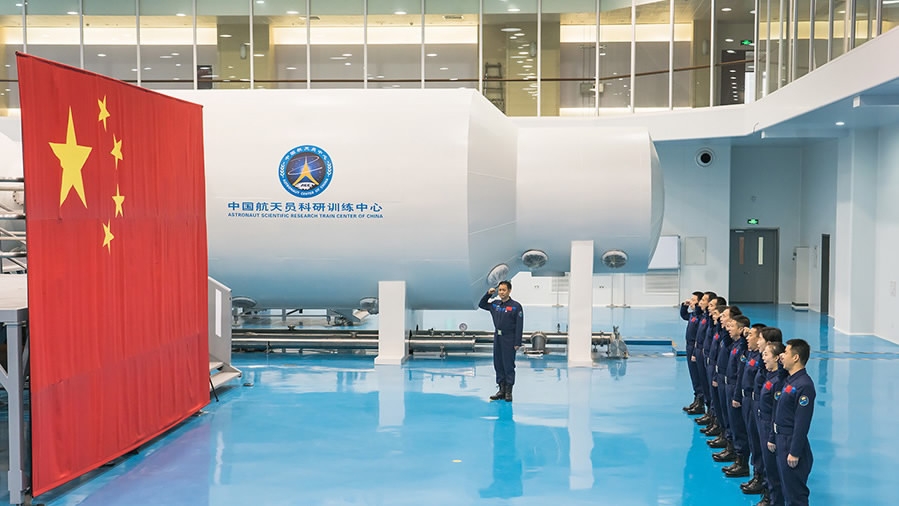
This year marks the 20th anniversary of the establishment of the People’s Liberation Army (PLA) Astronaut Group. A total of 11 Chinese astronauts have taken part in the country’s manned space missions, making great contributions to China’s space dream, and overcoming almost unbearable challenges.
During China's 20 years of manned space travel, the brigade has successfully carried out six manned space missions with Yang Liwei, who became the nation’s first astronaut in space aboard the Shenzhou-5 spacecraft launched on October 15, 2003.
In a video released by the Astronaut Center of China, the 11 astronauts – Yang Liwei, Fei Junlong, Nie Haisheng, Liu Boming, Zhai Zhigang, Jing Haipeng, Liu Yang, Liu Wang, Zhang Xiaoguang, Wang Yaping and Chen Dong – are present, as well as the tough tests and training that they have to endure.
Despite the honor and glory, unknown are the life-threatening moments they went through. However, numbers can tell the story.
26 seconds of resonance
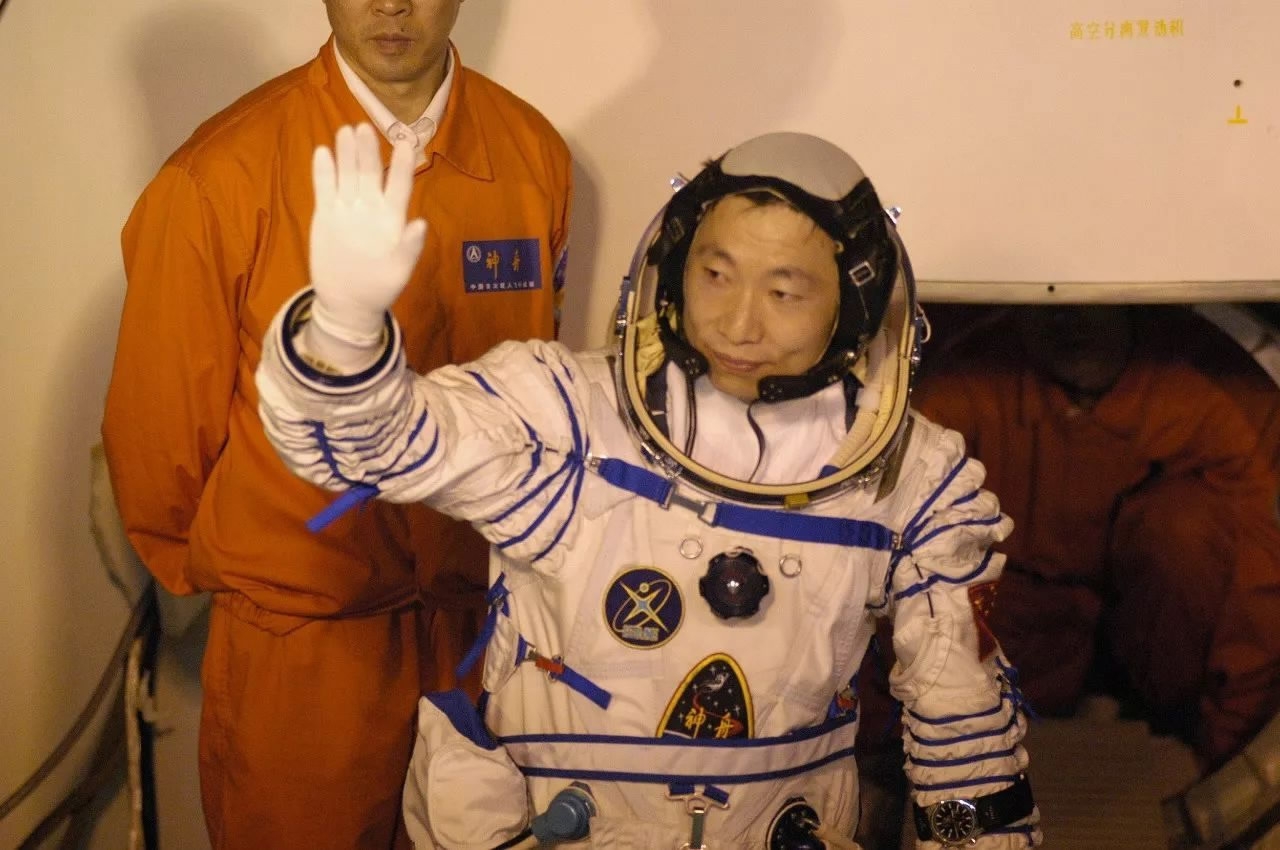
Yang Liwei /VCG Photo
Yang Liwei /VCG Photo
During the launch, the rocket produced a resonance frequency of 8 Hz, which is in sync with some human organs and could cause deadly damage.
“My organs are like crushed. It’s almost unbearable,” said Yang Liwei. “Hang on. Just hang on! I told myself.”
The resonance lasted for 26 seconds.
4 somersaults
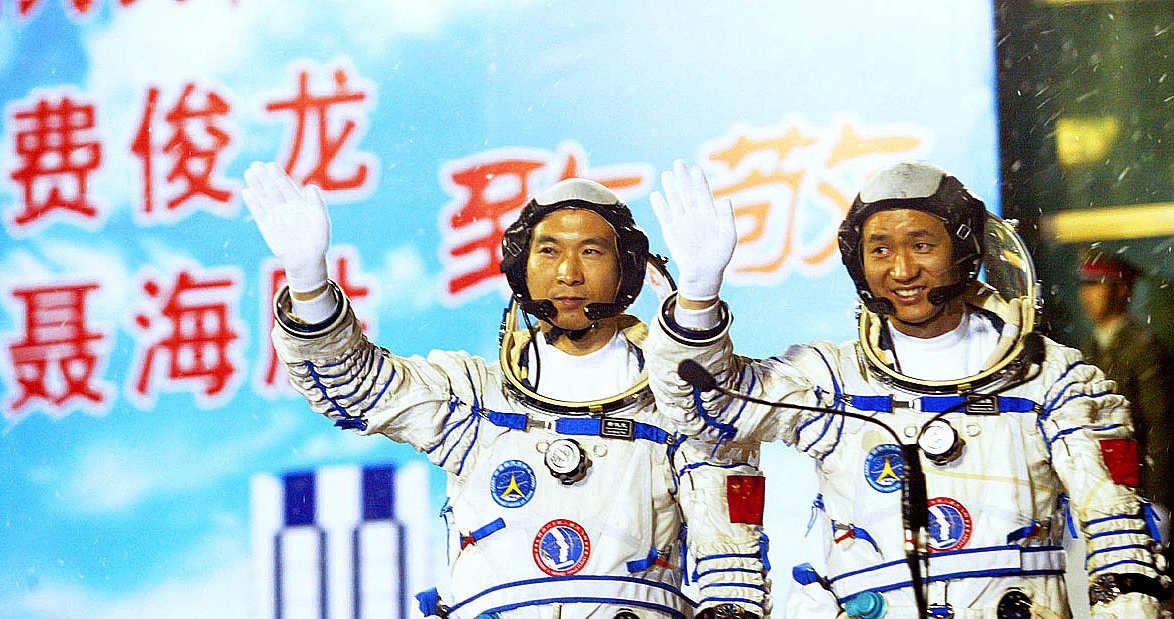
Fei Junlong (L) and Nie Haisheng /VCG Photo
Fei Junlong (L) and Nie Haisheng /VCG Photo
During the five-day flight of the Shenzhou-6 mission, Fei Junlong considered how to control body under zero gravity conditions. He managed to perform four continuous somersaults in his seat, which made the researchers on the ground nervous.
67 kilograms
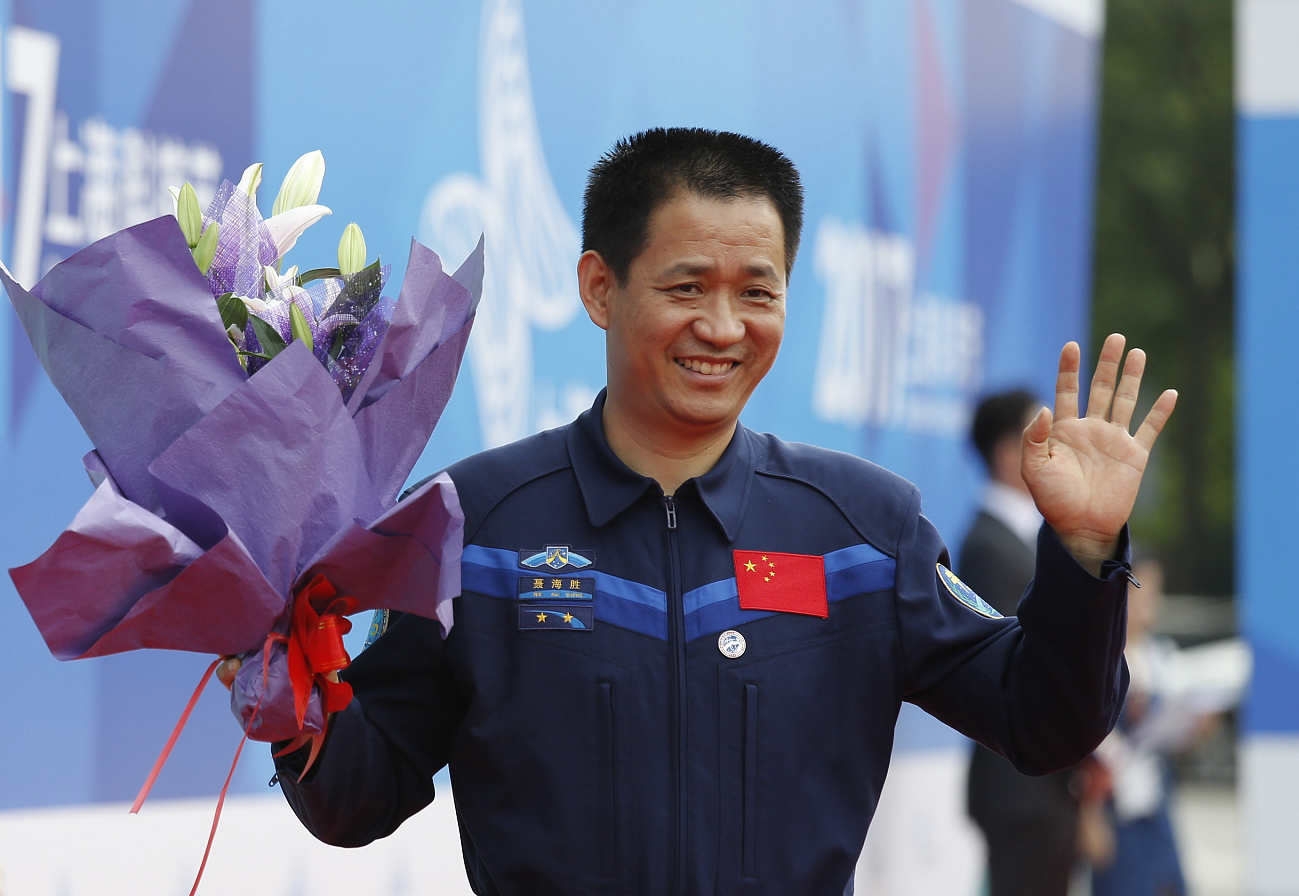
Nie Haisheng /VCG Photo
Nie Haisheng /VCG Photo
Nie Haisheng, China’s first astronaut in space as a general, participated in both China’s Shenzhou-6 and Shenzhou-10 missions.
The mission required him maintain a weight of exactly 67 kilograms. Nie had to train constantly and watch his diet to stay in peak condition. His daughter even complained, “I have no yummy food once my dad comes back home.”
17 days vs. 20 years
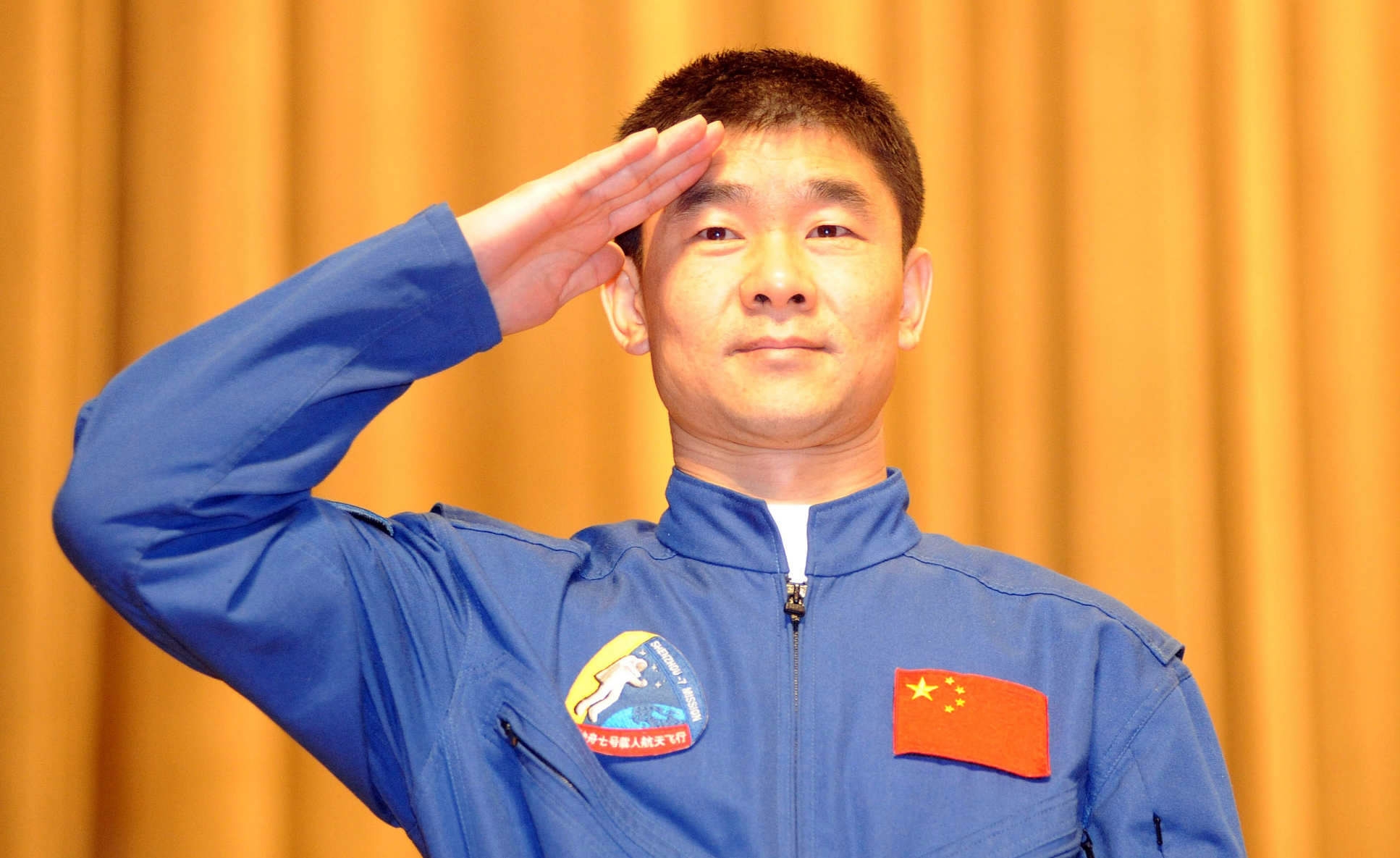
Liu Boming /VCG Photo
Liu Boming /VCG Photo
Liu Boming, who was in the Shenzhou-7 mission, recalled one special training experience in August 2017 where he completed the 17-day maritime rescue training with a European astronaut.
“Twenty years ago, China had to send astronauts to Russia for training, which cost a lot,” Liu said. “However, astronauts from other countries now choose to come to our country for training and are eager to learn the Chinese language.”
3 times in space
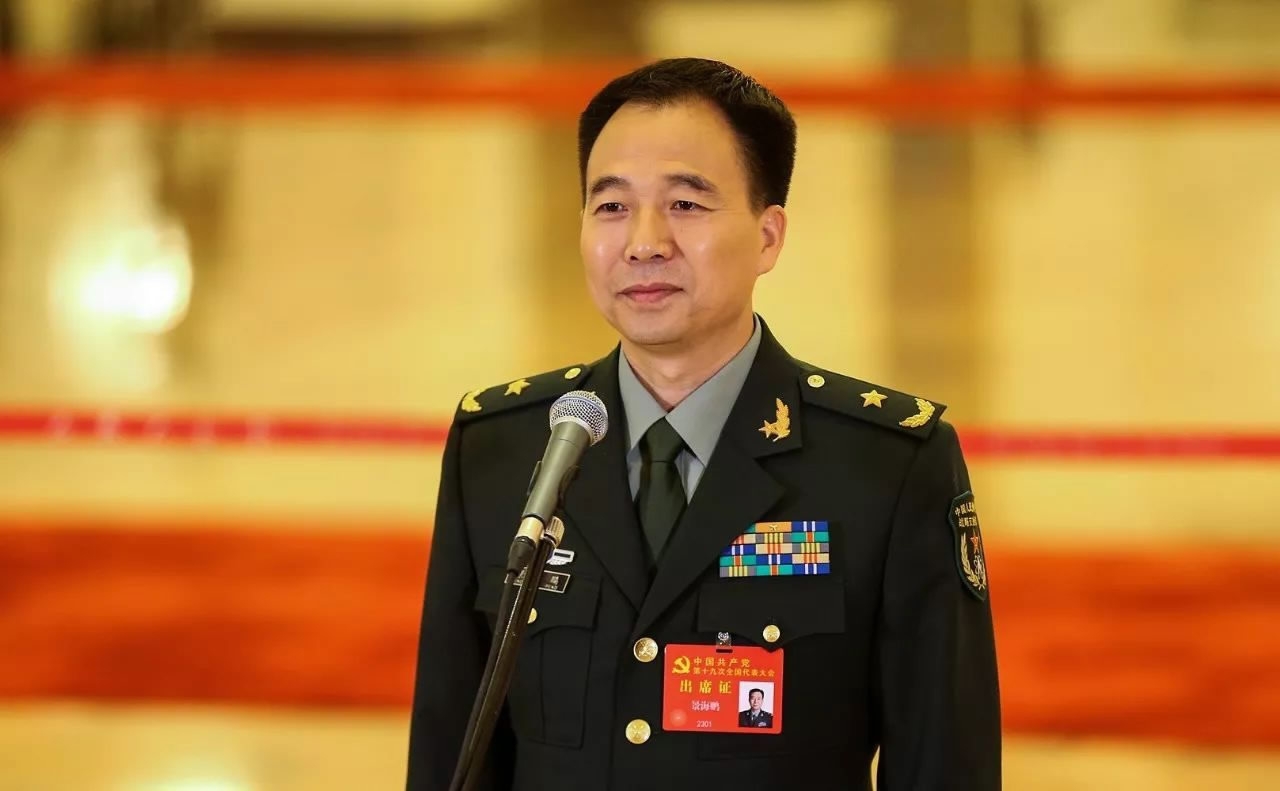
Jing Haipeng /VCG Photo
Jing Haipeng /VCG Photo
“I am very eager to go to space again, to be a pioneer again and conduct one more successful mission,” said Jing Haipeng, who has already participated in three space missions in 2008, 2012 and 2016.
1,500 training sessions
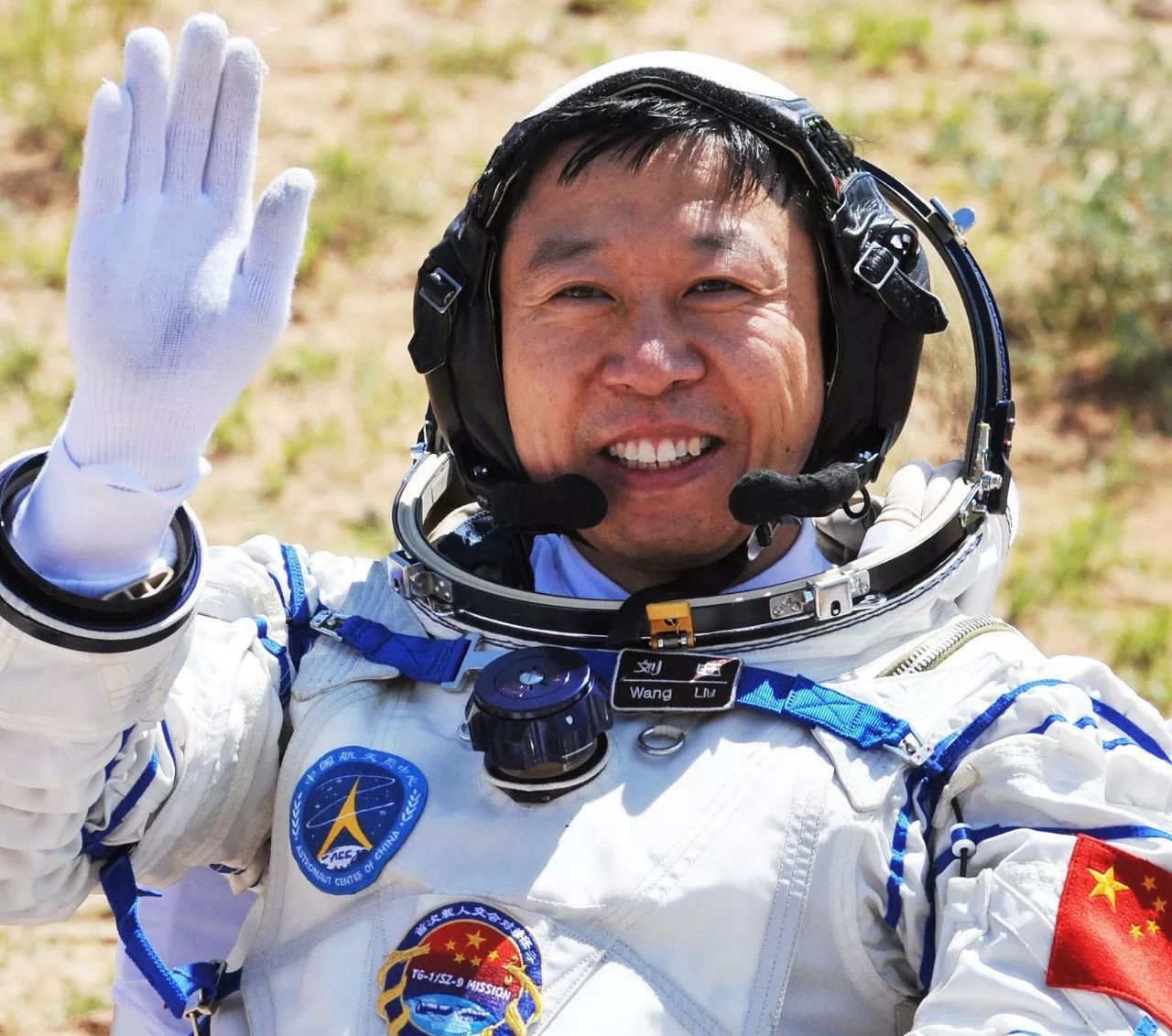
Liu Wang /VCG Photo
Liu Wang /VCG Photo
The Shenzhou-9 mission is of significance as Chinese astronaut Liu Wang manually docked the spacecraft to the orbiting Tiangong-1 space station for the first time.
His attempt to dock in real life was different than what he experienced in the simulator. However, Liu tapped into the muscle memory he developed during nearly 1,500 training sessions and successfully docked the spacecraft.
China became only the third country to master docking technology in space.
15 years of persistence for 15-day mission
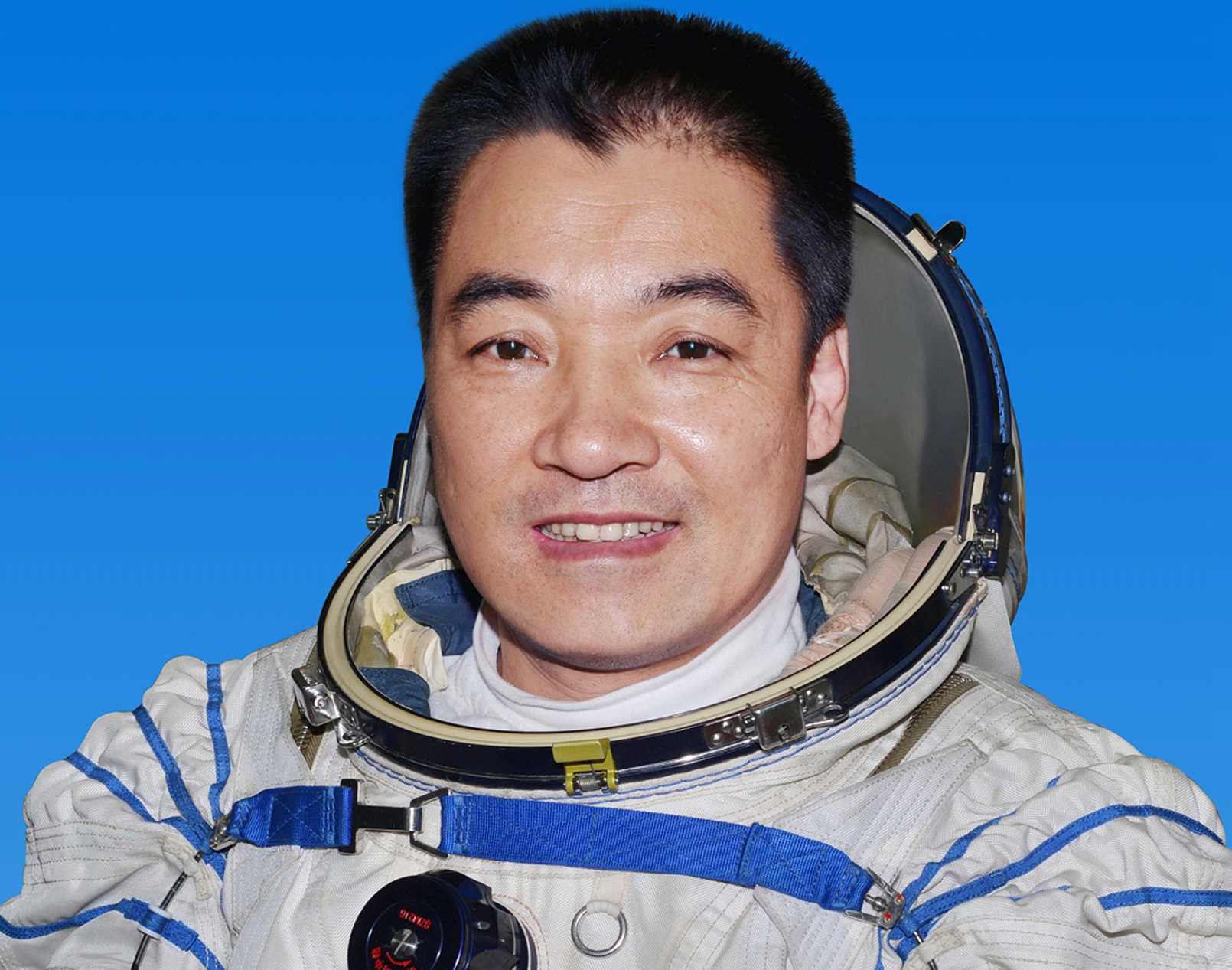
Zhang Xiaoguang /VCG Photo
Zhang Xiaoguang /VCG Photo
After failing four times to be elected to a flight crew, Zhang Xiaoguang refused to give up, and won a spot on the Shenzhou-10 mission on June 11, 2013.
“One day in space requires one year’s training on the ground. Overcoming difficulties and setbacks are the main part of our life,” said Zhang.
“Success is not only for the winner, but more for those who never give up,” he added.
5 minutes of rotation
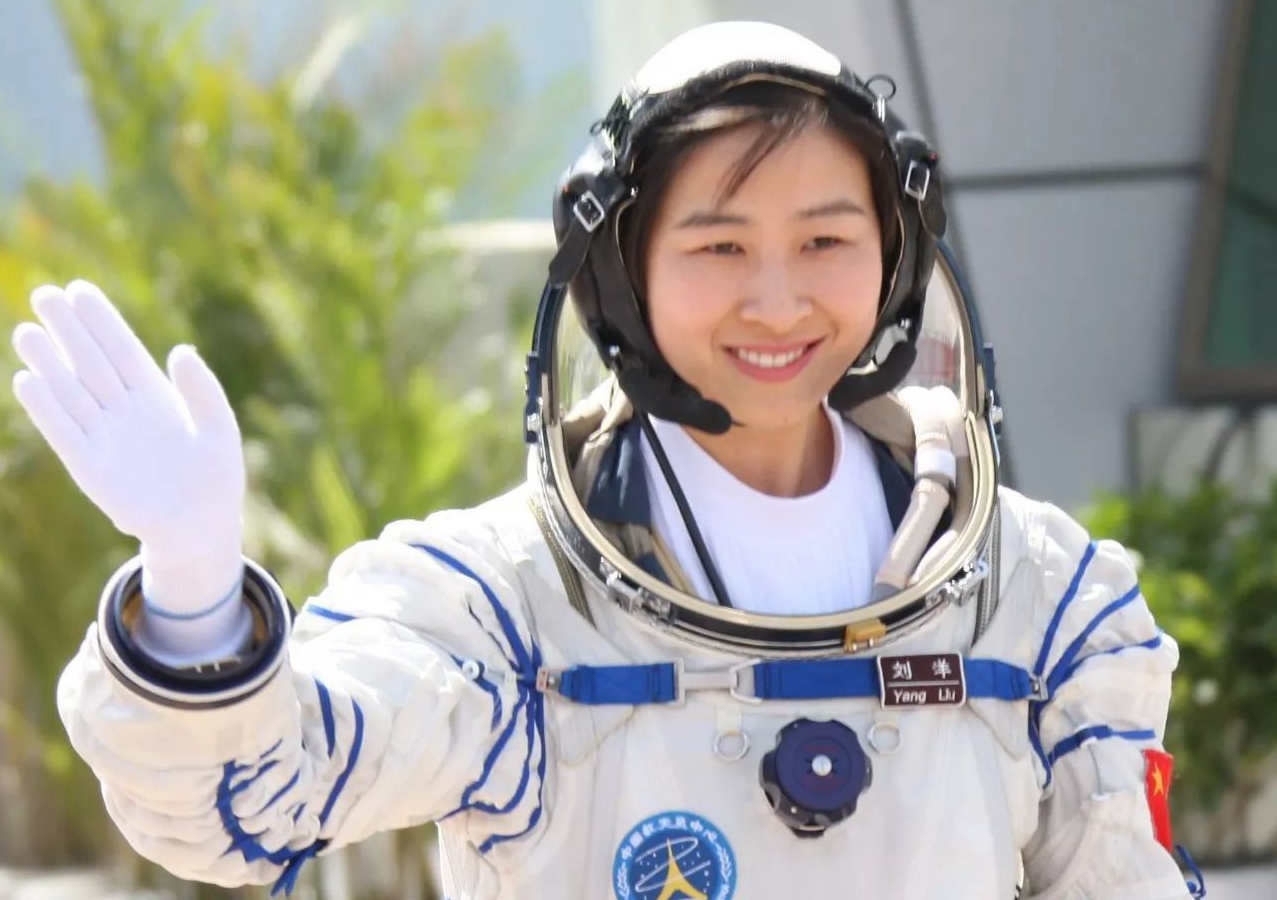
Liu Yang /VCG Photo
Liu Yang /VCG Photo
Liu Yang is the first Chinese woman in space, but her first experience in the spinning simulator still haunts her.
“The sudden dizziness made my face pale instantly. I couldn’t help crying after that training,” Liu recalled.
Her passion for aerospace and the precious opportunity kept her going. From five to eight minutes, then to 12, Liu met the challenge and became the first Chinese female astronaut in space on June 16, 2012. She is now busy preparing for the space station as she continues to meet new challenges.
60 million students

Wang Yaping /VCG Photo
Wang Yaping /VCG Photo
Wang Yaping, China’s second female astronaut, who participated in the Shenzhou-10 mission, delivered a 40-minute lecture to over 60 million Chinese students via a video feed while in space.
“Knowledge is the stair to space. We will make efforts to cultivate the passion of the world's teenagers for science and realize their dreams of space exploration.”
38 experiments in 33 days in space
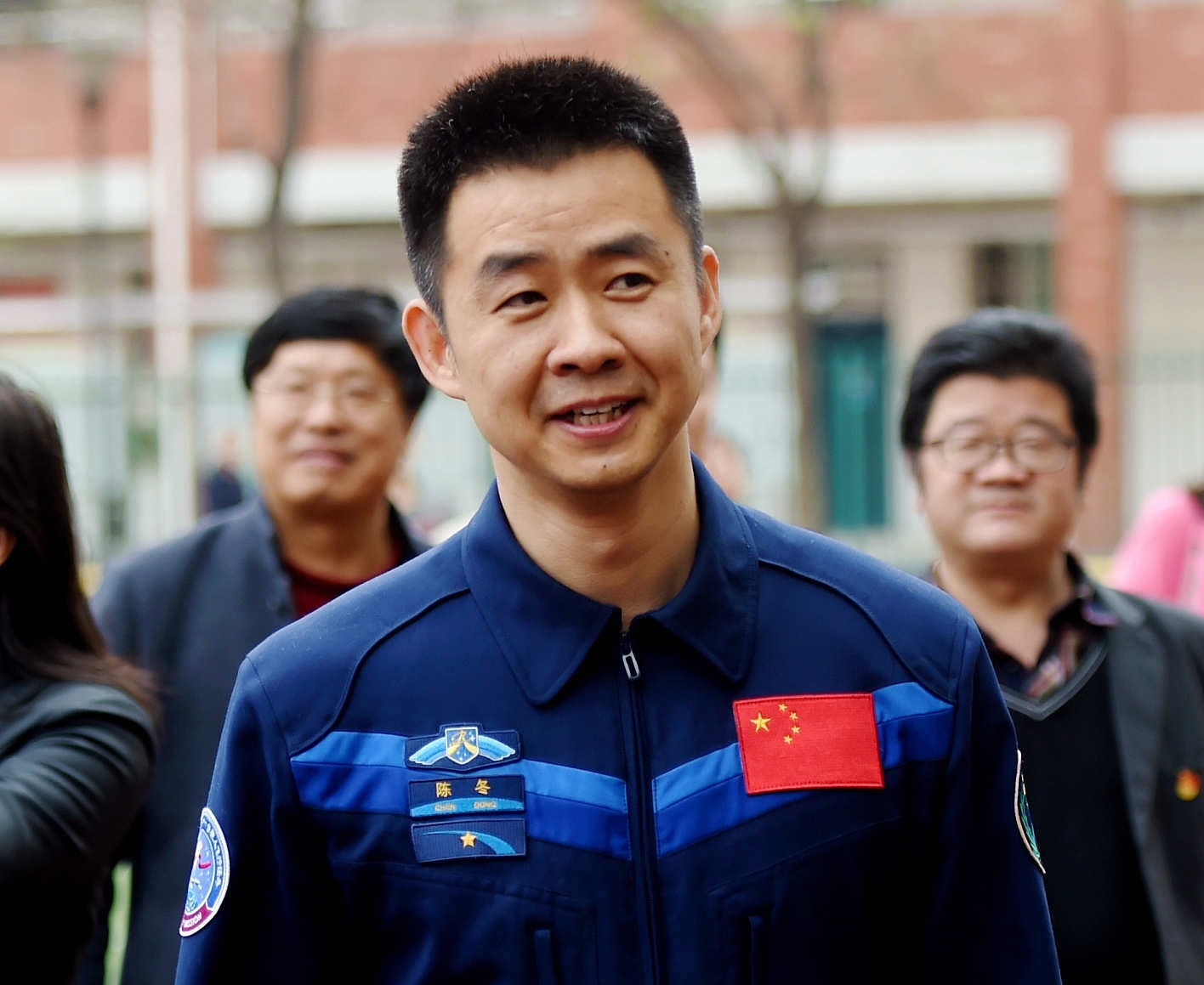
Chen Dong /VCG Photo
Chen Dong /VCG Photo
Chen Dong, along with Jing Haipei, conducted 38 tests and experiments while sparing no time for meals during a 33-day space voyage in the Shenzhou-11 mission.
“We are not here for rest. We wish to convert all the scientists' painstaking efforts into effective data and bring it back.”

SITEMAP
Copyright © 2018 CGTN. Beijing ICP prepared NO.16065310-3
Copyright © 2018 CGTN. Beijing ICP prepared NO.16065310-3